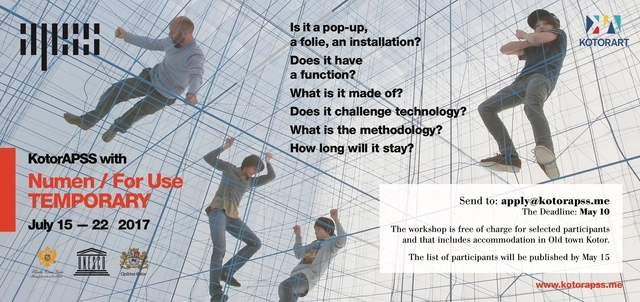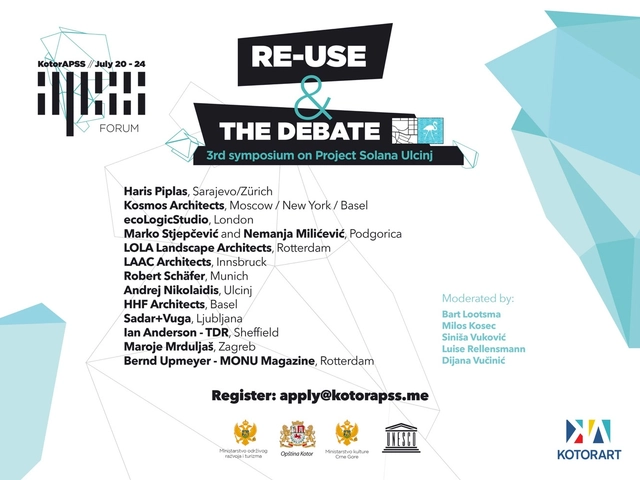
APSS is a summer school of architecture located in Boka Bay, Montenegro, For six years now it has been acting as a platform for architecture, urbanism, informal education with studies and research that has lead to more projects such as Montenegro Pavilion at Venice Biennale in 2104 and 2016 that has originated from APSS work. After our Re-Use series in APSS, we have continued our journey with the topic of TEMPORARY in architecture, this year extended to CROSSING TEMPORARY.









